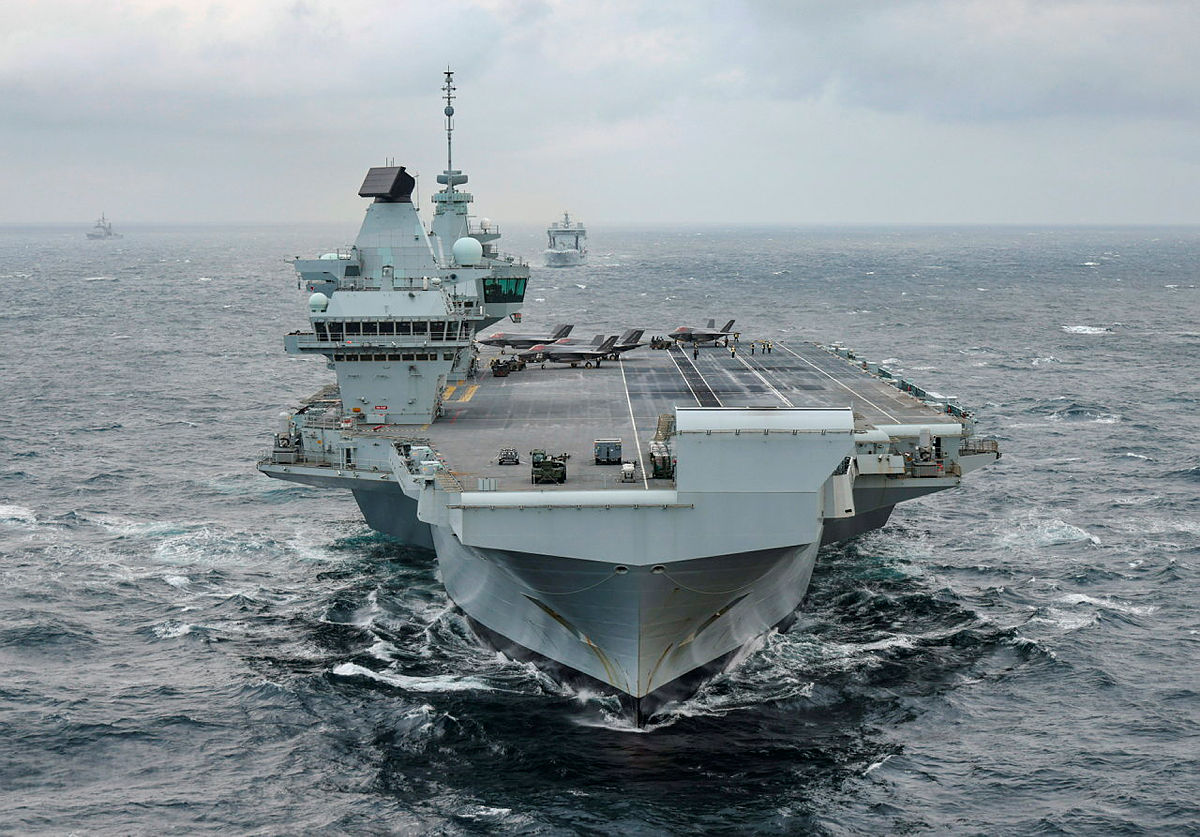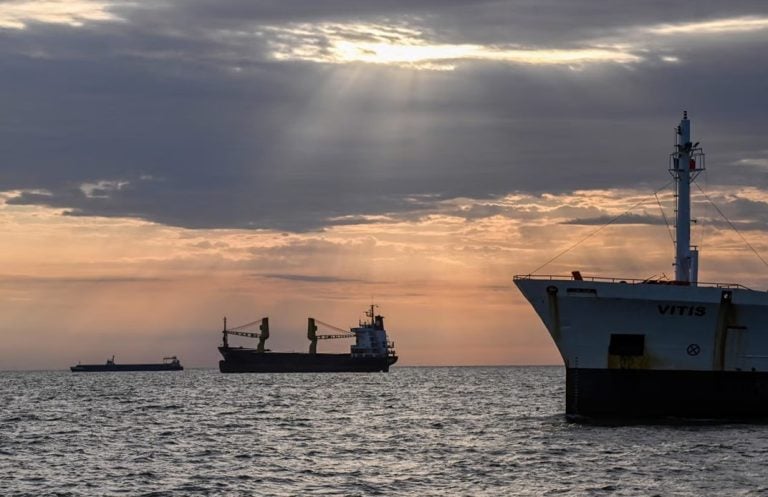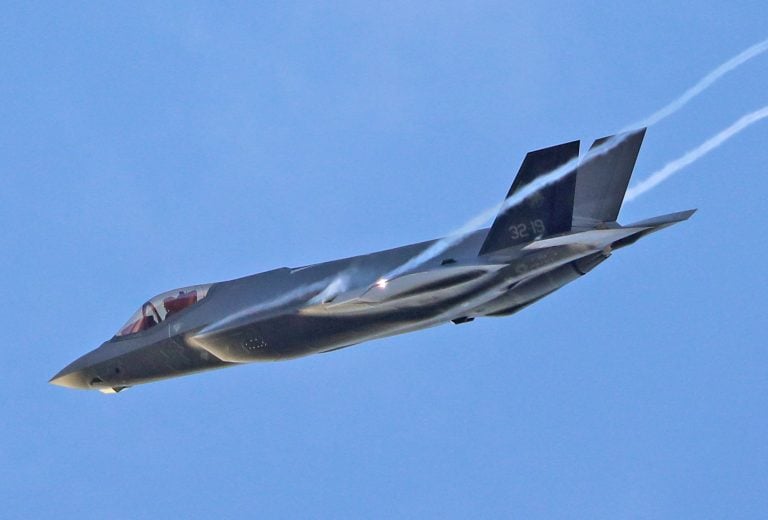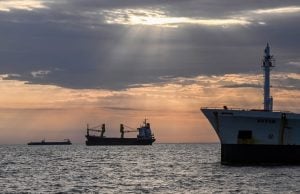The United Kingdom and India have taken a significant step towards enhancing naval capabilities by signing a statement of intent focused on the collaborative design and development of an Integrated Full Electric Propulsion (IFEP) system for India’s upcoming Landing Platform Dock (LPD) fleet. This initiative comes in response to the Indian Ministry of Defence’s request for a fleet of four advanced LPDs, with expectations for the first vessel’s delivery within five years from the contract signing, as specified in a request for information issued in February 2021. Subsequent ships are anticipated to be delivered annually, although a production contract has yet to be formalized.
In a recent announcement by the UK government, it was detailed that GE Vernova and Bharat Heavy Electricals Limited (BHEL) are collaborating to develop India’s inaugural Land-Based Testing Facility for maritime applications, with aspirations to have the LPDs operationally ready by 2030. To propel this project forward, a joint working group from India and the UK is poised to utilize insights gained from the UK’s experience with various naval vessels, such as the Type 23 frigates, LPDs, Type 45 destroyers, and the Queen Elizabeth-class aircraft carriers.
The adoption of electric propulsion technology marks a pivotal advancement in naval operations, significantly reducing emissions, noise, and vibration in comparison to traditional diesel systems. The ability to operate more quietly is a substantial strategic advantage in military scenarios. Furthermore, electric propulsion systems are noted for their user-friendliness, enhanced reliability, and longer maintenance intervals, thereby increasing operational readiness.
Commodore Chris Saunders, UK Defence Adviser in India, highlighted the benefits of the electric propulsion system, asserting that it allows for improved response times under operational conditions, smoother navigation, and rapid speed adjustments. He underscored the efficiency of this technology by comparing the power requirements of the UK’s earlier Invincible Class aircraft carriers, which utilized four gas turbines and eight diesel generators, to the more modern Queen Elizabeth-class carriers, which operate efficiently with only two gas turbines and four diesel engines.
The conceptualization of the Indian LPDs traces back to lessons learned from the 2004 Tsunami disaster in the Indian Ocean, where the Indian Navy’s preparedness for rescue and relief operations was found lacking. The LPDs are designed to accommodate a crew of 540 sailors and transport around 900 troops, facilitating the deployment of a combined arms force to shore and maintaining sustained operations inland. These vessels are expected to play multiple roles, including amphibious operations, humanitarian assistance, disaster relief missions, and serving as motherships for unmanned surface vessels.
According to the request for information, the LPDs will function as command centers for amphibious task force leaders, landing force commanders, and air force coordinators while also providing medical services for casualties. The technical specifications of the planned ships include a length of 200 meters (656 feet) and a range of 10,000 nautical miles (18,520 kilometers). They are expected to cruise at speeds between 14 to 16 knots.
In terms of armament, each vessel is projected to be equipped with 32 Vertical Launch Short-Range Surface-to-Air Missiles and 16 anti-ship missiles. Additionally, the design will accommodate at least two heavy-lift helicopters, 12 special operations helicopters, and two naval ship-borne drones, allowing for versatile operational capabilities including the execution of missions involving special operations helicopters. This ambitious project signifies a further strengthening of India-UK defense relations and reflects both nations’ commitment to modernizing their naval forces in alignment with contemporary operational demands.



















